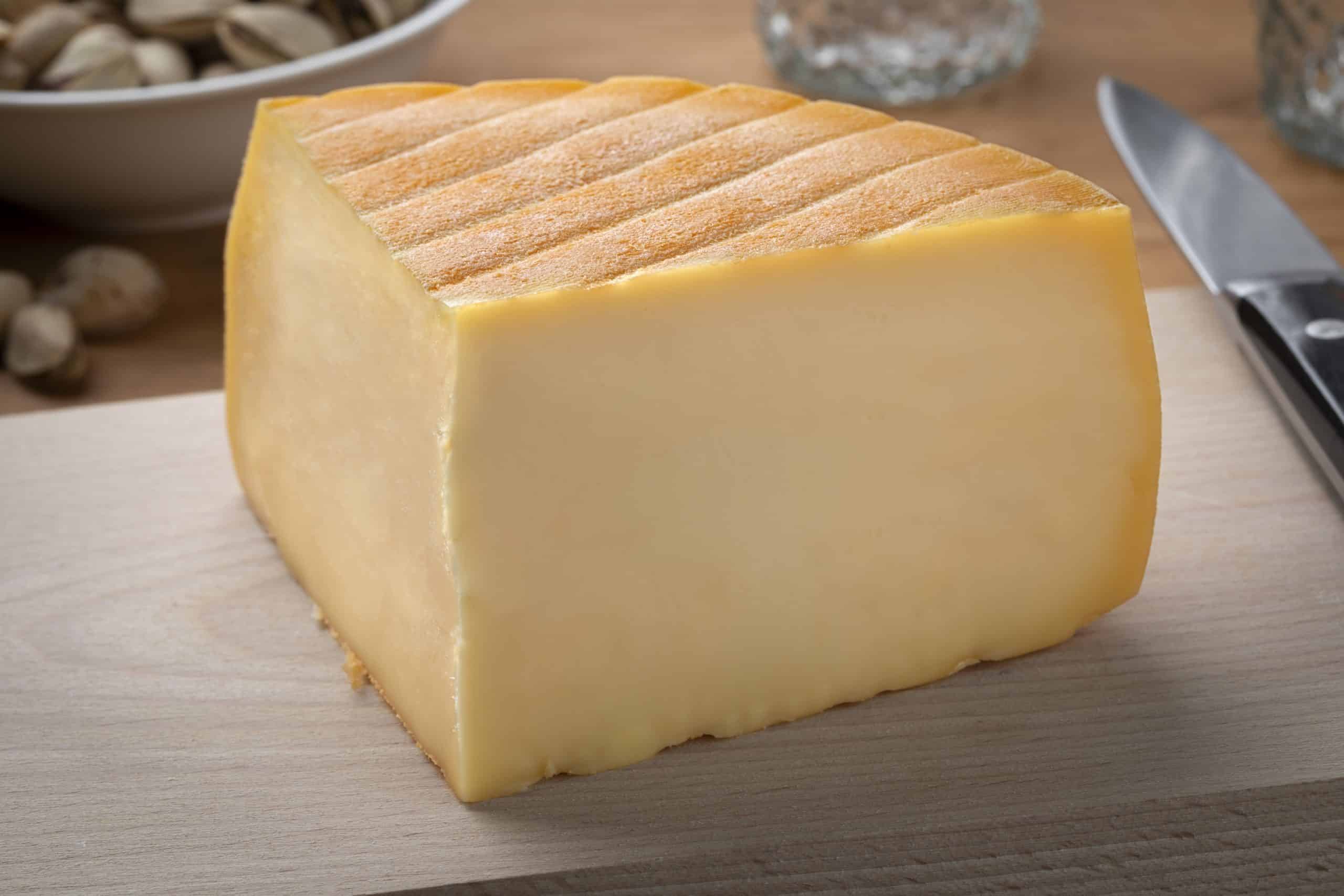Can You Create a Gourmet Chicken Curry with Fenugreek and Fresh Herbs?

When it comes to the art of cooking, there’s a certain magic that occurs when you blend various ingredients to create a gastronomic masterpiece. One such dish that perfectly embodies this magic is the Indian chicken curry with methi, also known as fenugreek leaves. This rich and aromatic dish is a classic example of Indian cuisine, known for its characteristic blend of spices and flavors.
In this article, we would be guiding you through the process of creating a gourmet chicken curry with methi and other fresh herbs. We will be exploring the different ingredients required, the significance of each ingredient, and the detailed process of cooking this Indian staple.
Dans le meme genre : How Can You Use Sous Vide Techniques to Achieve Perfectly Cooked Fish?
Understanding The Key Ingredients
Before we delve into the cooking process, it’s essential to understand the key ingredients that will be used in the recipe.
Indian cuisine is famed for its grand use of spices. These spices, when used correctly, can transform the most basic ingredients into a culinary delight. The spices that are predominantly used in a chicken curry with methi are turmeric powder, coriander powder, garam masala, and chilli powder.
Sujet a lire : What’s the Key to a Savory Winter Squash Risotto with Crispy Sage?
Chicken is the main protein used in this curry, and you can choose between boneless chicken or chicken with bones, depending on your preference. Traditionally, chicken with bones is used as it adds more flavor to the sauce.
Meanwhile, methi, or fenugreek leaves, are known for their slightly bitter taste which uniquely balances the heat of the spices in the curry. These leaves are not just flavorful but are also packed with numerous health benefits, making them a great addition to the dish.
Gathering Your Ingredients
Once you have a grasp of the key ingredients and their significance, the next step is to gather all necessary ingredients for your chicken curry. Here are the ingredients you will need:
- 500 grams of chicken
- 2 cups of methi leaves
- 2 onions, finely chopped
- 2 tomatoes, finely chopped
- 2 tablespoons of cooking oil
- 1 tablespoon of ginger-garlic paste
- 1 teaspoon each of turmeric powder, coriander powder, garam masala, and chilli powder
- Salt to taste
- Coriander leaves for garnishing
Remember, fresh ingredients are vital to achieving the perfect chicken curry. Fresh fenugreek leaves, in particular, will add a distinct flavor to the curry that dried leaves simply cannot match.
The Curry Preparation Process
Now that you have your ingredients ready, it’s time to start cooking. First of all, heat the oil in a pan. Once the oil is hot, add finely chopped onions and cook until they become golden brown. This may take about 10 minutes.
Next, add the ginger-garlic paste and sauté until the raw smell goes away. This is a crucial step as it helps to infuse the flavors into the oil, which will later flavor the chicken.
Now, add the chopped tomatoes and let them cook until they become soft. At this stage, you can add the spices – turmeric powder, coriander powder, garam masala, and chilli powder. Sauté this mixture for a few minutes until the spices mix well with the other ingredients.
Adding Your Chicken and Methi Leaves
Once your sauce is ready, it’s time to add the chicken. Make sure to mix it well with the sauce so that all the pieces are coated with the spices. Cook the chicken until it becomes tender, which may take about 20 to 30 minutes.
Once the chicken is cooked, add the methi leaves. Fenugreek has a strong flavor, so it’s important not to use more than required. Two cups should be enough for 500 grams of chicken. Cook the curry for another 5 to 10 minutes, until the methi leaves are well cooked.
Final Touches to Your Gourmet Dish
After your chicken and methi leaves are well cooked, garnish the dish with fresh coriander leaves. Coriander will add a fresh green color to the dish, making it more appealing. It also provides a burst of freshness that complements the heat of the spices.
Remember, the key to a perfect chicken curry with methi lies in the balance of flavors. The heat from the spices, the slight bitterness of the methi leaves, and the freshness of the coriander all combine to create a truly gourmet dish that will surely impress your guests. So the next time you’re planning a dinner party, why not try your hand at this classic Indian chicken curry with methi?
Enhancing The Flavor Profile
Gourmet methi chicken is created by perfectly balancing flavors. After adding the methi leaves, it’s time to introduce some additional flavors to round out the dish.
Consider adding a splash of coconut milk. This ingredient, popular in many Indian and Thai dishes, fortifies the base of the curry by adding a slightly sweet and creamy texture that beautifully complements the piquancy of the chili powder and the bitterness of the methi leaves.
Also, you may want to add a whole green chili or two, depending on your heat preference. Green chilies provide a different kind of heat compared to chili powder. They add a fresh, crisp heat that enhances the overall flavor of the curry without making it overly spicy.
In addition to the spices already mentioned, you might want to incorporate curry powder. Although not traditionally used in Indian curries, curry powder (which is actually a British invention) can add a depth of flavor, imbuing your curry with a distinctive, intricate taste.
Lastly, a couple of bay leaves might make a surprising but delightful addition. Bay leaves emit a subtle, sweet aroma and a complex bitter taste that can give a twist to the curry’s overall flavor. Remember, it’s important to remove the bay leaves before serving as they can be a choking hazard.
Serving Suggestions For Your Gourmet Methi Chicken Curry
Once your curry has simmered and the flavors are well blended, it’s time to serve your dish. Indian curries are typically paired with a side of hot, fluffy basmati rice or warm, buttery naan bread to soak up the rich, flavorful sauce.
For those who prefer a gluten-free option, you could serve your methi chicken curry with quinoa or cauliflower rice. Not only are these sides delicious, but they also add an extra layer of texture and flavor to the meal.
Finally, consider pairing your sumptuous curry with a refreshing cucumber raita or a tangy mango chutney. These sides help to balance the heat of the curry and provide a cooling contrast to the spicy, hearty main dish.
Conclusion
Creating a gourmet methi chicken curry is indeed an art, but with the right guidance and a little patience, it’s an art that you too can master. From sourcing fresh fenugreek leaves and choosing your spices, to simmering the curry just right, each step contributes to the symphony of flavors that make this dish so irresistible.
Remember, the key to success lies in understanding your ingredients and respecting the cooking process. Don’t be afraid to experiment and add your own twist to this classic dish. Cooking, after all, is about expressing your creativity and sharing joy through food.
So the next time you’re in the mood for a culinary adventure between January to December, or perhaps hosting a dinner party in April or March, consider making this gourmet chicken curry with methi. It’s gluten-free, packed with flavors, and guaranteed to impress your guests. After all, who can resist the charm of a well-cooked, aromatic methi chicken curry?
